Journey through Time with Zelda!
The Legend of Zelda franchise has been captivating gamers for over three decades, taking them on a journey through time and space with its enchanting worlds and memorable characters. From its humble beginnings on the Nintendo Entertainment System to its latest installment on the Nintendo Switch, Zelda has evolved in both gameplay and visual design, reflecting the advancements in technology and the changing tastes of gamers.
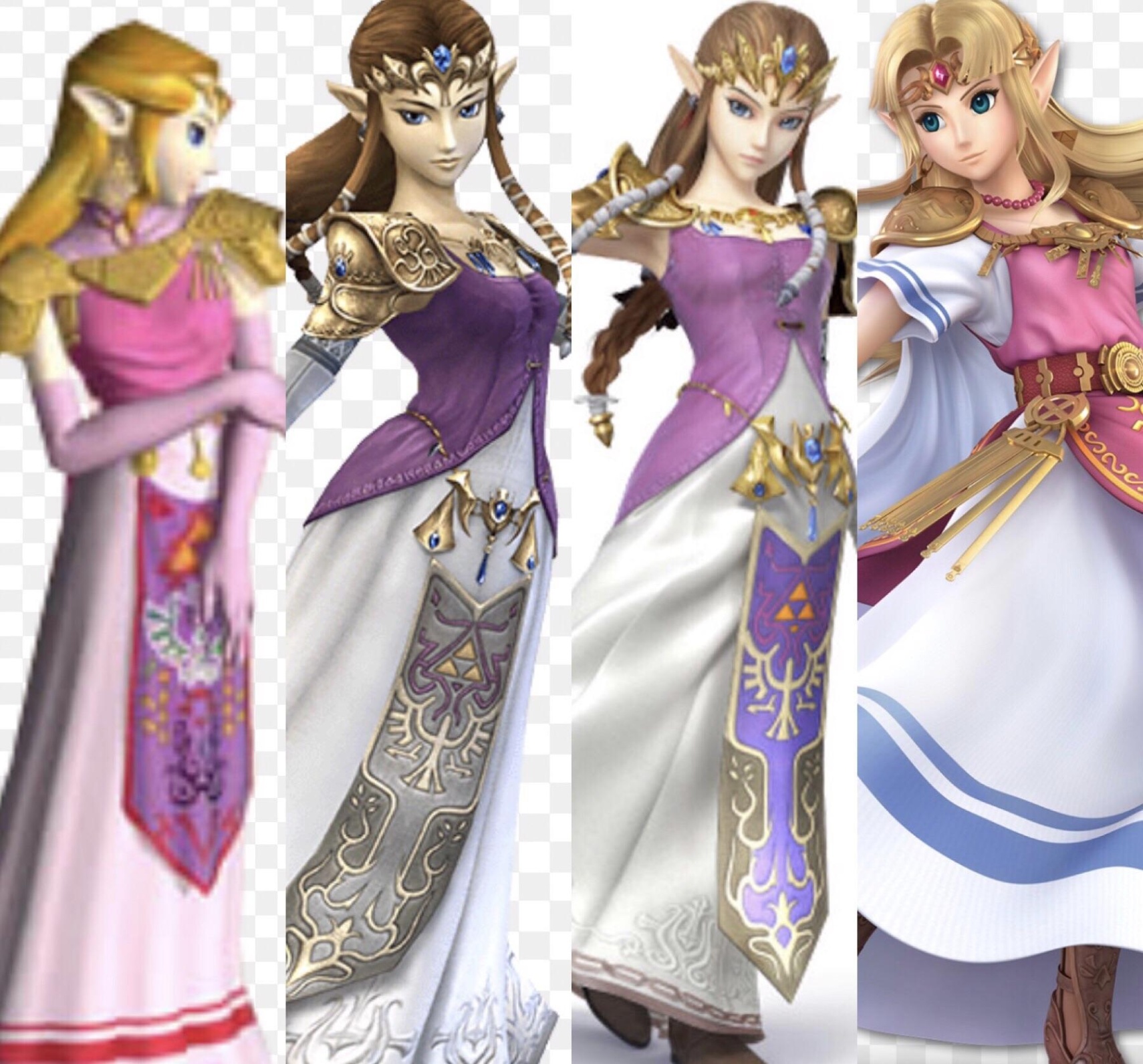
Image Source: redd.it
The classic Zelda games, such as The Legend of Zelda and A Link to the Past, are beloved for their charming 2D pixel art graphics and top-down perspective. These games introduced players to the land of Hyrule, where they could explore dungeons, solve puzzles, and engage in epic battles against the forces of evil. The simple yet effective visuals of these games helped to immerse players in the fantastical world of Zelda, setting the stage for the franchise’s future success.
As technology advanced, so too did the graphics of Zelda games. The transition from 2D to 3D graphics was a game-changer for the series, as seen in Ocarina of Time, which was released for the Nintendo 64. Players were now able to explore Hyrule in a fully-realized 3D world, complete with sprawling landscapes, intricate dungeons, and lifelike character models. The shift to 3D graphics brought a new level of immersion to the Zelda series, making players feel like they were truly a part of the adventure.
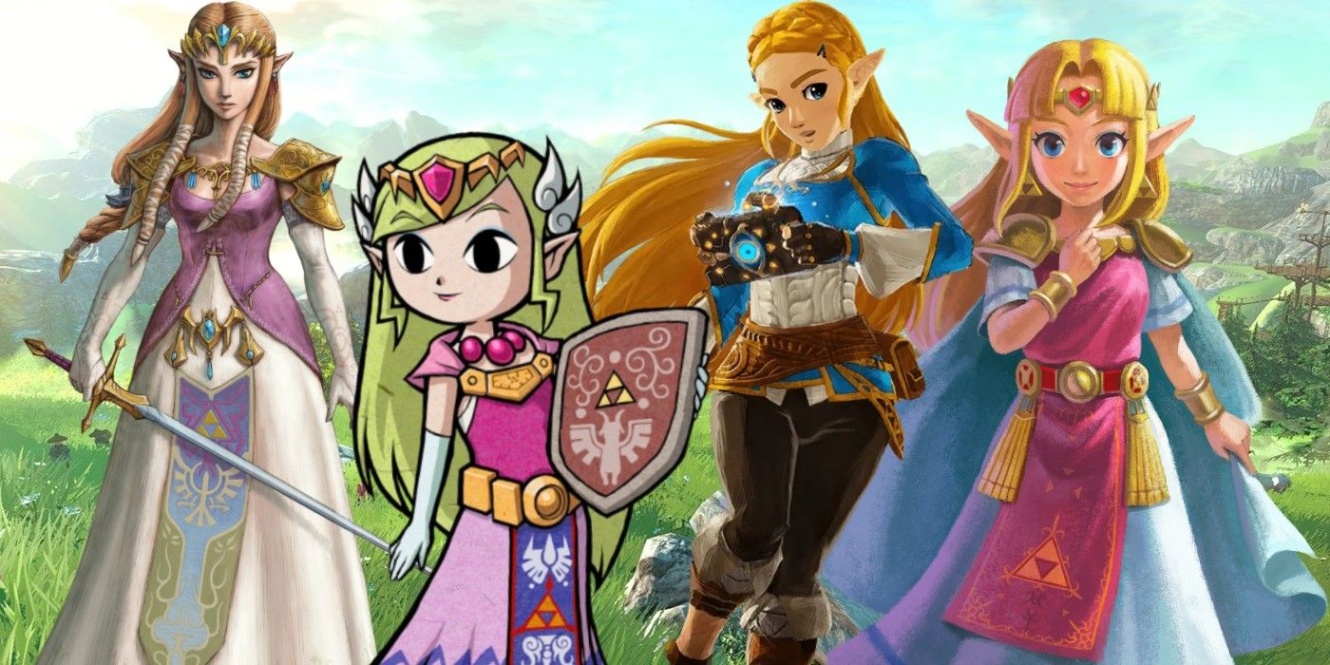
Image Source: srcdn.com
With the release of the Nintendo Wii, Zelda entered the realm of motion controls with Twilight Princess and Skyward Sword. These games featured innovative gameplay mechanics that utilized the Wii’s motion-sensing technology, allowing players to swing Link’s sword, shoot his bow, and solve puzzles with intuitive gestures. The motion controls added a new layer of interactivity to the Zelda experience, making players feel more connected to the world and its inhabitants.
In recent years, Zelda has embraced the modern aesthetic with games like Breath of the Wild and Age of Calamity. These games feature stunning high-definition graphics, expansive open worlds, and a more realistic art style that pushes the boundaries of what is possible in video game design. Breath of the Wild, in particular, has been praised for its beautiful art direction, which combines cel-shaded graphics with realistic lighting and textures to create a visually stunning world that is a joy to explore.
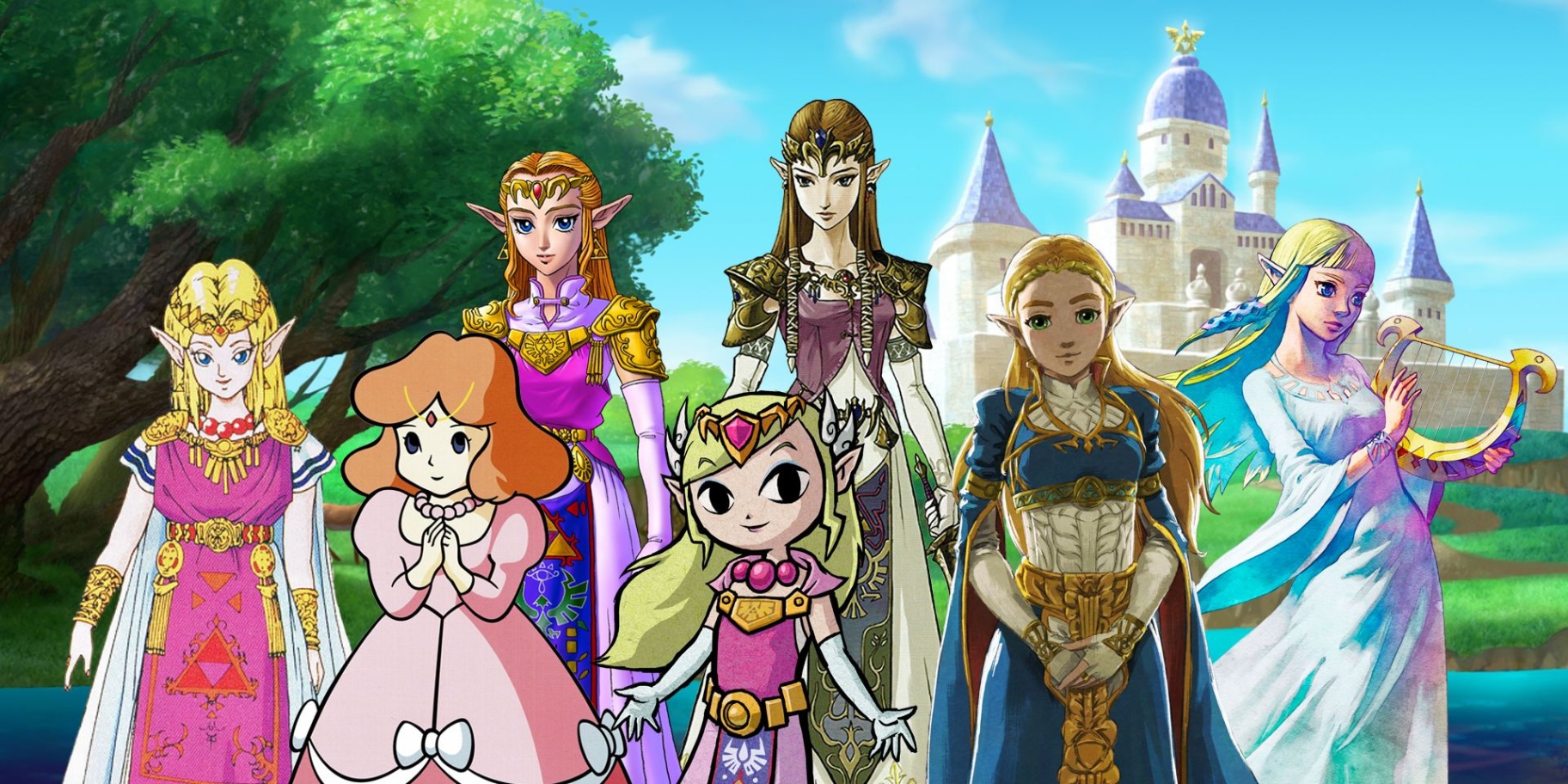
Image Source: cbrimages.com
The evolution of Zelda’s visual design reflects not only the advancements in technology but also the changing tastes of gamers. While the classic pixel art of the early games will always hold a special place in the hearts of fans, the modern designs of recent titles have brought Zelda into the 21st century, appealing to a new generation of players while still honoring the series’ rich history.
As we continue to journey through time with Zelda, it will be exciting to see how the franchise continues to evolve and push the boundaries of video game design. Whether it’s through cutting-edge graphics, innovative gameplay mechanics, or engaging storytelling, one thing is for certain: the Legend of Zelda will always be a timeless classic that captivates players of all ages.
Unveiling the Classic Zelda Aesthetic
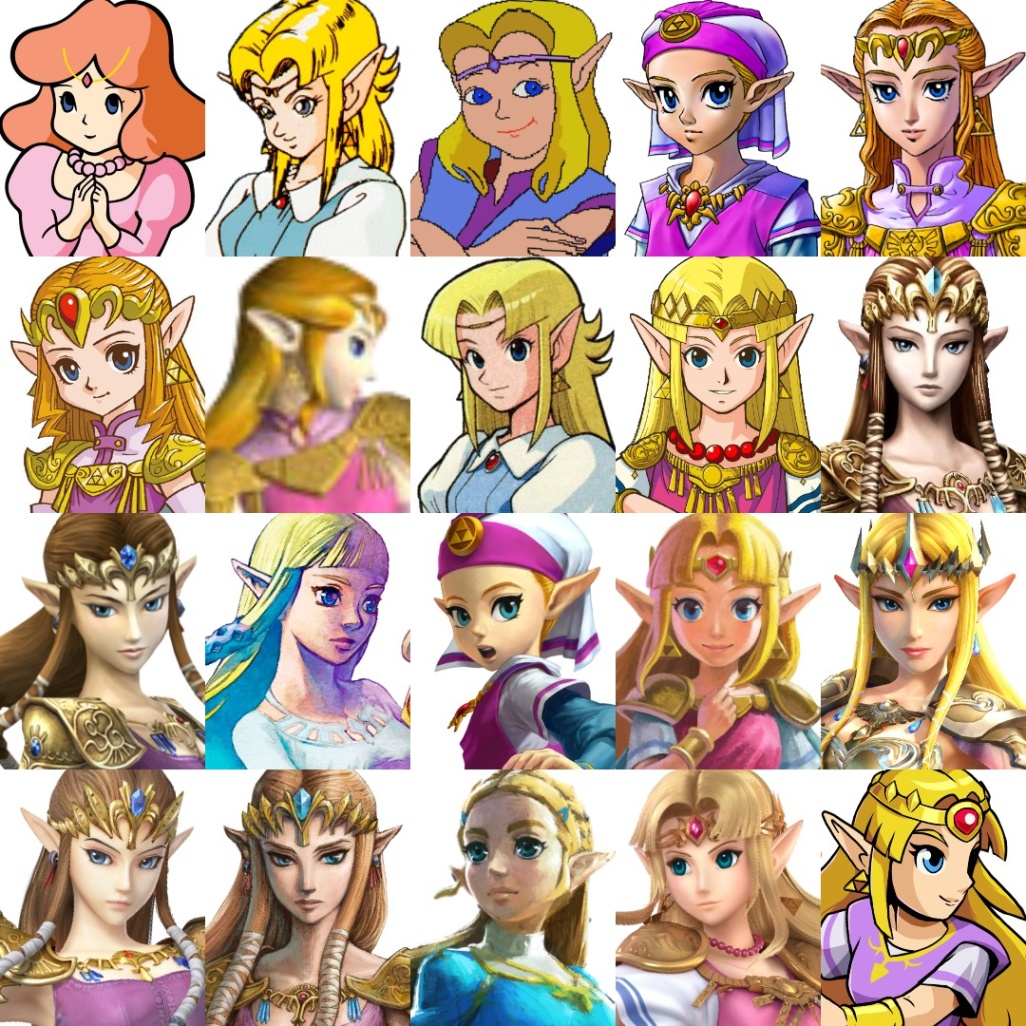
Image Source: redd.it
Ah, the classic Zelda aesthetic – a timeless look that has captured the hearts of gamers for decades. From its humble beginnings on the Nintendo Entertainment System to its current iterations on the Nintendo Switch, the Legend of Zelda series has always been known for its iconic style and design. Let’s take a trip down memory lane and explore the evolution of the classic Zelda aesthetic.
When the first Legend of Zelda game was released in 1986, players were introduced to a vibrant world filled with colorful characters and lush landscapes. The game’s pixelated graphics may seem simplistic by today’s standards, but at the time, they were cutting-edge. The character designs were charming and memorable, from Link’s green tunic and pointed hat to Princess Zelda’s flowing dress and golden hair.
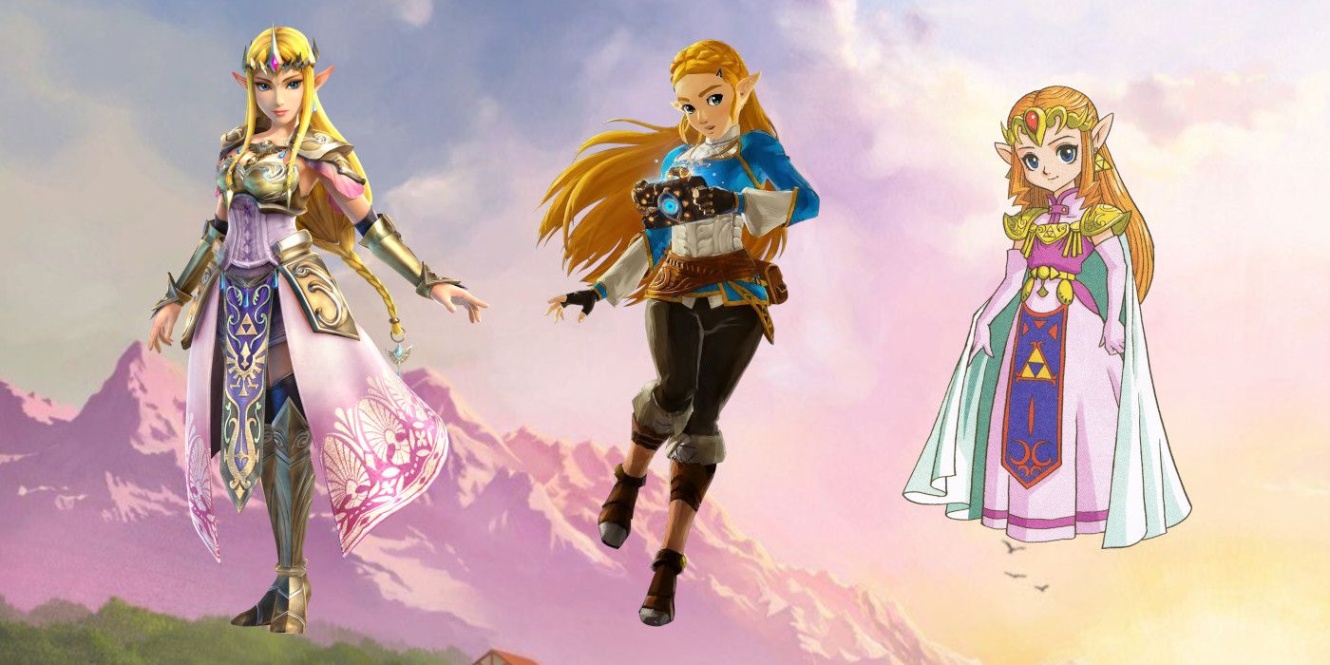
Image Source: srcdn.com
As the series continued to grow in popularity, so too did the complexity of its graphics and design. The release of The Legend of Zelda: A Link to the Past in 1991 brought a new level of detail and depth to the series. The game featured a top-down perspective that allowed players to explore the world of Hyrule in all its glory, from the lush forests of the Lost Woods to the fiery depths of Death Mountain.
Fast forward to 1998, and we have The Legend of Zelda: Ocarina of Time, a game that revolutionized the gaming industry with its 3D graphics and immersive world. The character designs in Ocarina of Time were a perfect blend of realism and fantasy, with Link being reimagined as a courageous hero on a quest to save Princess Zelda and defeat the evil Ganondorf.
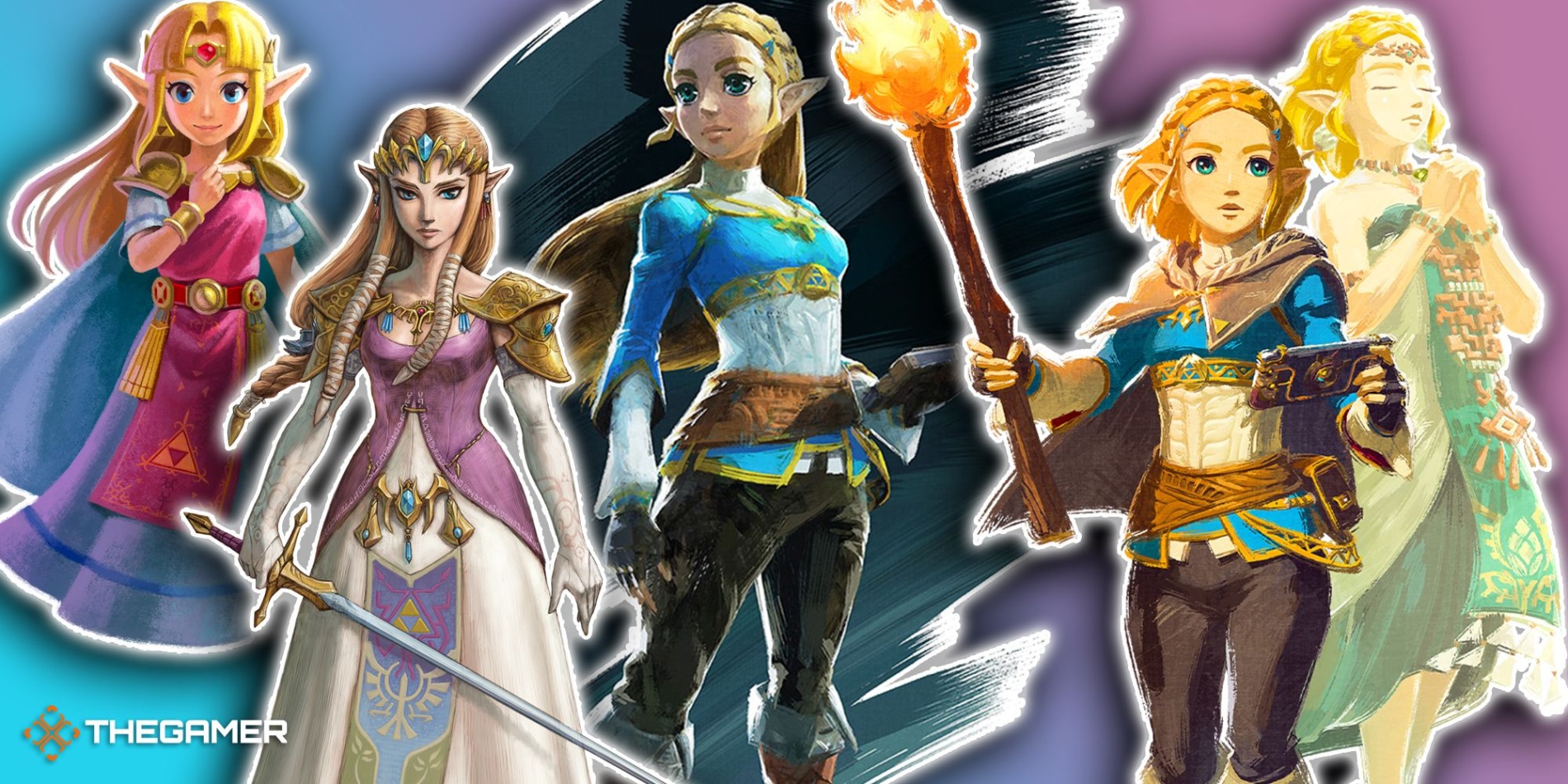
Image Source: thegamerimages.com
The classic Zelda aesthetic continued to evolve with each new installment in the series. The Wind Waker, released in 2002, featured a cel-shaded art style that gave the game a vibrant and cartoonish look. While some fans were initially skeptical of the new direction, The Wind Waker soon won them over with its charming characters and stunning visuals.
In 2017, Breath of the Wild was released, marking a new era for the Zelda series. The game featured a stunning open-world environment with breathtaking landscapes and realistic character designs. Link was once again redesigned, this time with a more rugged and weathered appearance that reflected the harsh world he inhabited.
Today, the classic Zelda aesthetic continues to be celebrated by fans old and new. Whether you prefer the pixelated charm of the original games or the high-definition graphics of the latest installments, there’s no denying the timeless appeal of the Legend of Zelda series. So grab your sword and shield, and embark on a journey through time with Zelda – you never know what classic designs you might uncover along the way!
Embracing the Modern Zelda Look
When it comes to video game franchises, few have had the lasting impact and influence of The Legend of Zelda series. From its humble beginnings on the Nintendo Entertainment System (NES) in 1986 to its latest installment on the Nintendo Switch, The Legend of Zelda has evolved and adapted to the ever-changing landscape of gaming. One of the most significant changes in the series has been the transition from classic to modern designs, a shift that has captivated fans and critics alike.
The modern Zelda look can be traced back to the release of The Legend of Zelda: Ocarina of Time for the Nintendo 64 in 1998. This game marked a turning point in the series, as it introduced a fully three-dimensional world for players to explore. The graphics were revolutionary for the time, with detailed character models, lush environments, and intricate dungeons that pushed the limits of what was possible on the N64 hardware.
Following the success of Ocarina of Time, subsequent Zelda games continued to push the boundaries of graphical fidelity and design. The Wind Waker, released for the GameCube in 2002, took a bold artistic direction with its cel-shaded graphics, giving the game a unique and timeless look that still holds up today. Twilight Princess, released for the Wii in 2006, brought a darker and more realistic aesthetic to the series, with detailed character designs and environments that showcased the capabilities of the new hardware.
With the release of The Legend of Zelda: Breath of the Wild for the Nintendo Switch in 2017, the series once again redefined what was possible in terms of design and gameplay. The game featured a vast open world that players could explore at their own pace, with stunning visuals and a seamless blend of traditional Zelda gameplay with modern mechanics. The art style was a departure from previous games, with a more painterly and impressionistic look that added a sense of wonder and mystery to the world of Hyrule.
The modern Zelda look is not just about graphics, however. It also encompasses the evolution of character design, storytelling, and world-building in the series. Characters like Link, Zelda, and Ganon have been reimagined and reinterpreted over the years, with each new game adding depth and complexity to their personalities and motivations. The stories have become more nuanced and emotionally resonant, exploring themes of courage, friendship, and sacrifice in ways that resonate with players of all ages.
World-building has also become a key aspect of the modern Zelda look, with each new game introducing a unique and immersive world for players to explore. From the sprawling landscapes of Breath of the Wild to the intricate dungeons of Ocarina of Time, each game in the series has offered a distinct and memorable setting that adds to the overall experience of playing a Zelda game.
In conclusion, the modern Zelda look represents a bold and exciting evolution of the series, one that has captivated fans and critics alike with its stunning visuals, engaging gameplay, and rich storytelling. From the three-dimensional worlds of Ocarina of Time to the open expanses of Breath of the Wild, the modern Zelda look continues to push the boundaries of what is possible in video game design. As the series continues to evolve and grow, one thing is certain: The Legend of Zelda will always be at the forefront of innovation and creativity in the world of gaming.
From Pixels to High Definition: Zelda’s Transformation
The Legend of Zelda series has come a long way since its humble beginnings in the 1980s. One of the most significant transformations that the franchise has undergone is the shift from pixelated graphics to high definition visuals. This evolution has not only improved the overall look of the games but has also contributed to the immersive experience that players have come to expect from modern video games.
When the original Legend of Zelda game was released on the Nintendo Entertainment System in 1986, it featured simple 8-bit graphics that were groundbreaking for the time. The pixelated sprites and limited color palette gave the game a retro charm that is still appreciated by fans today. However, as technology advanced, so too did the visuals in the Zelda series.
With the release of the Nintendo 64 in the late 1990s, the Legend of Zelda franchise made the leap to three-dimensional graphics. Games like Ocarina of Time and Majora’s Mask were praised for their immersive worlds and stunning visuals that brought the land of Hyrule to life in ways that were previously unimaginable. The transition from 2D to 3D graphics was a major turning point for the series and solidified Zelda as a pioneer in the world of video game design.
As the years went on, the graphics in the Zelda series continued to improve with each new installment. The release of The Wind Waker in 2002 marked another significant shift in visual style, with its cel-shaded graphics that gave the game a cartoonish, yet vibrant look. This departure from the more realistic graphics of previous titles was met with some skepticism at first, but ultimately won over fans with its unique aesthetic and engaging gameplay.
The evolution of Zelda’s graphics reached new heights with the release of Twilight Princess in 2006. This game featured realistic, detailed graphics that showcased the power of the Nintendo Wii console. The dark and gritty art style of Twilight Princess set it apart from previous entries in the series and added a new level of emotional depth to the story.
In 2017, The Legend of Zelda: Breath of the Wild was released on the Nintendo Switch, marking a new era for the franchise. The game featured stunning high definition graphics that pushed the boundaries of what was possible on a handheld console. The vast open world of Hyrule was brought to life with breathtaking detail, from the lush forests to the towering mountains. The art style of Breath of the Wild was a perfect blend of realism and fantasy, creating a world that felt both familiar and otherworldly.
The transition from pixels to high definition graphics in the Legend of Zelda series has been a remarkable journey that has spanned over three decades. Each new installment in the franchise has pushed the boundaries of what is possible in terms of visual design, creating immersive worlds that have captivated players around the world. From the simple charm of the original 8-bit graphics to the stunning high definition visuals of Breath of the Wild, the evolution of Zelda’s graphics has been a testament to the creativity and innovation of the developers behind the series.
all zelda designs